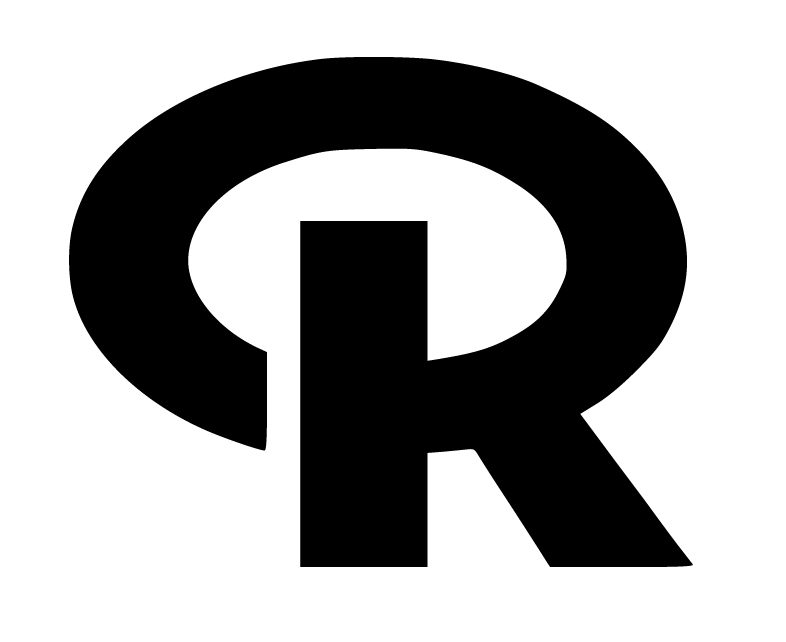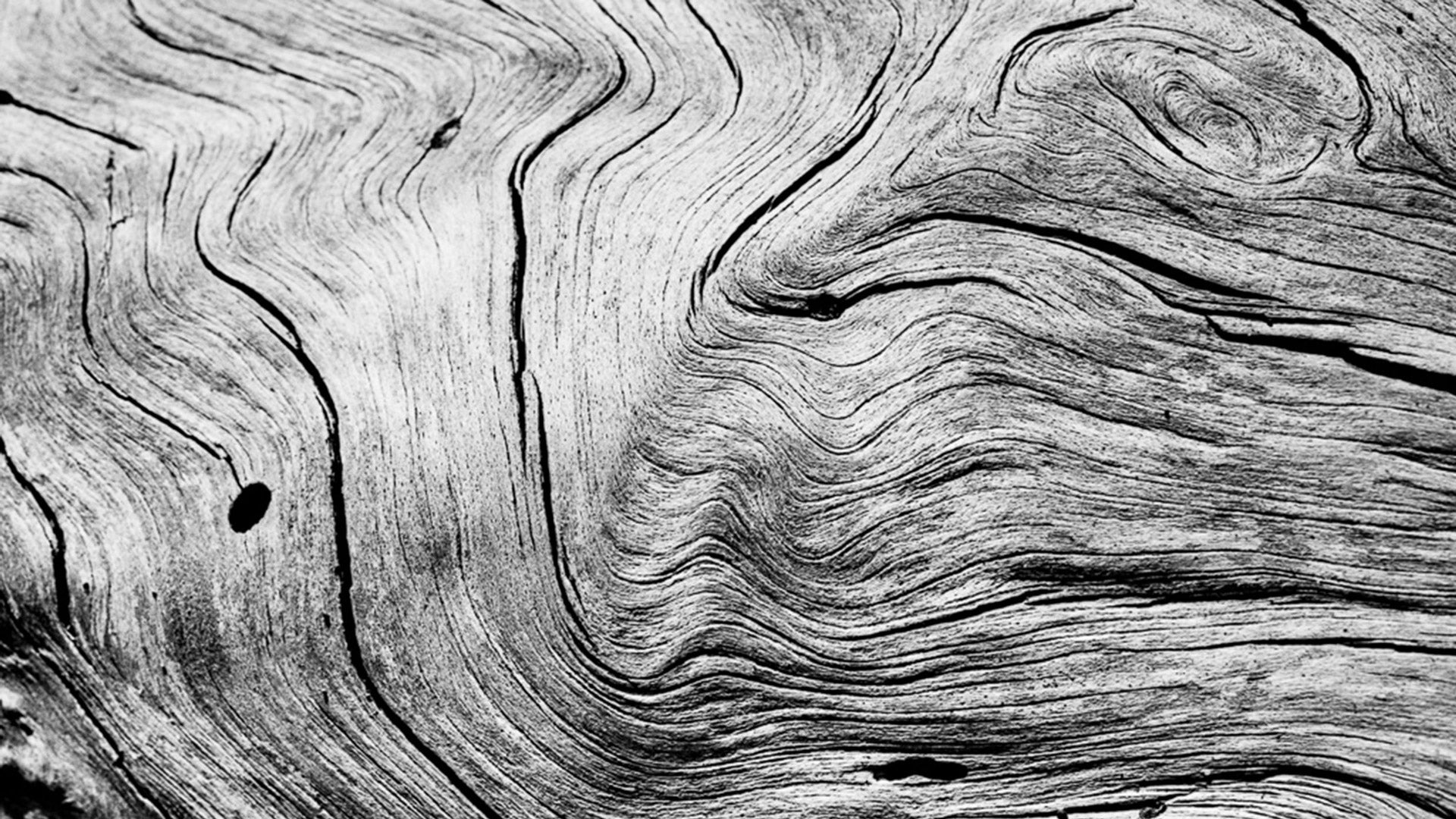Rollei Ortho 25 Plus – Precision in black and white
When it comes to maximum sharpness, the finest grain, and clear tonal values, the Rollei Ortho 25 Plus is in a class of its own. Originally developed for technical applications, this orthopanchromatic film has long since found its way into creative black-and-white photography – especially where precision and graphic impact are required. But what makes this film so special? And how do you get the most out of it?
What does "orthochromatic" mean?
Unlike panchromatic films, which are sensitive to the entire visible spectrum, orthochromatic films ignore red. This results in a changed tonal gradient: red tones appear almost black, and skin can appear dramatic and mottled depending on the lighting. This is precisely their appeal—especially for subjects with clear shapes, contrasts, and structures.

The strengths of the Rollei Ortho 25 Plus
-
Extremely fine grain : Even at high magnifications, the image remains detailed and steady.
-
High edge sharpness : Perfect for architecture, technical documentation or repro work.
-
High contrast, but not flat : In the right developer combination, the film shows excellent detail.
-
Low ISO (25) : Allows longer exposure times – ideal for controlled work with a tripod.
Application tips for pictorial results
Originally conceived as a technical film, the Ortho 25 Plus requires a bit of care—but is rewarded with a look all its own. Here are a few tips:
1. Measure exposure precisely
At ISO 25, exposure latitude is limited. It's best to use an external light meter or a gray card. Underexposure quickly leads to harsh, lacking-detail shadows.
2. The right developer
To compensate for the steep gradation, balancing or fine-grain developers are recommended:
-
Adox Atomal 49 : Fine tonal gradation, reduced contrast, very detailed.
-
Foma Fomadon Excel : Modern, balanced, fine in the highlights.
-
Ilford Perceptol : For particularly fine results and smooth transitions.
3. No filters – or use them specifically
Red filters block too much light and aren't useful with orthographic films. However, a light yellow filter (K2) can help darken the sky or emphasize structures without ruining the overall effect.
4. Use creatively
The red insensitivity creates very unique looks:
-
Tattoos and skin structures become more prominent
-
Lipstick or red clothes appear almost black
-
Brick, graffiti, neon tubes – everything takes on a graphic, almost abstract effect
Conclusion: Not a film for everyone – but one with character
The Rollei Ortho 25 Plus isn't a versatile lens. It requires preparation, time, and a certain amount of planning. But those who commit to it will be rewarded with a look that stands out from the crowd: precise, still, clear, and intense. Particularly suitable for architecture, technical details, controlled portraits, and creative experiments.




Share:
iR × Rollei Analog
Rollei Infrared – Black and white photography beyond the visible